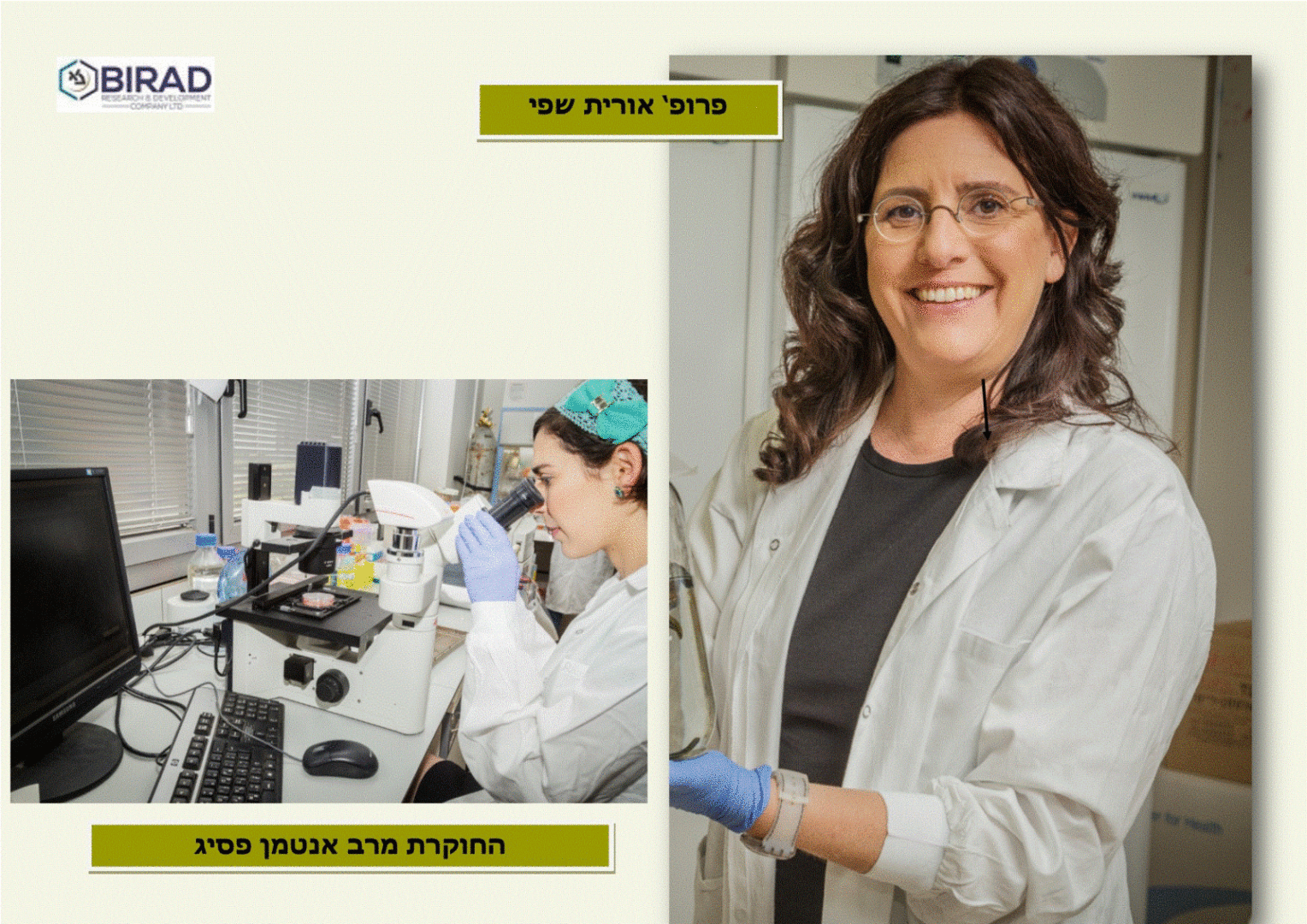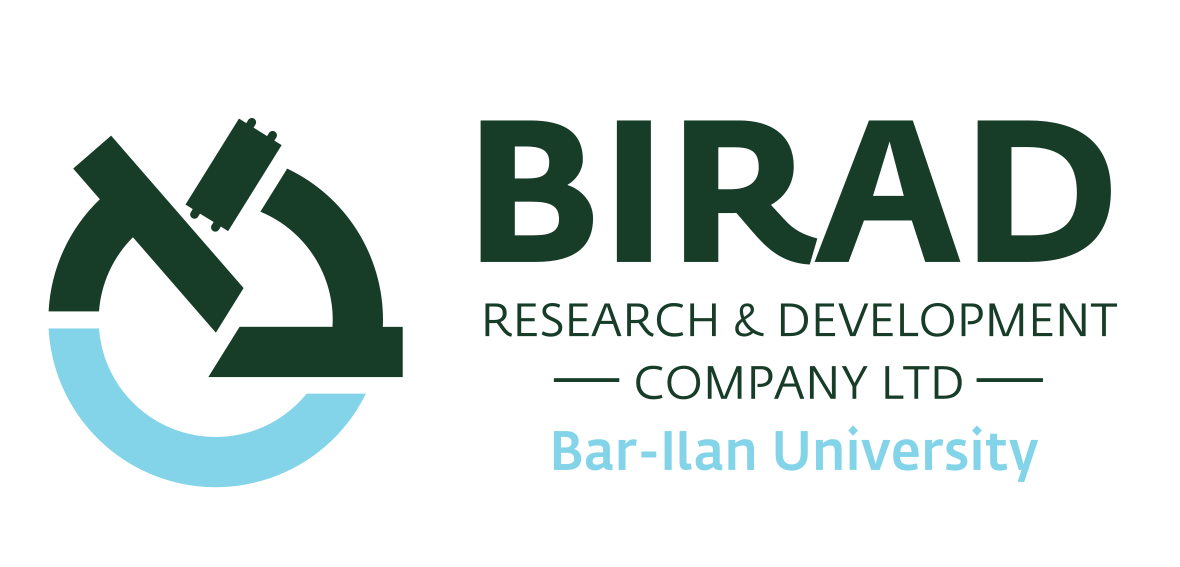This is where transected nerves are regenerated – A new Israeli patent

Professor Orit Shefi, head of BIU’s Neuro-Engineering and Regeneration Laboratory, in Bar-Ilan’s Faculty of Engineering, has invented a method to dramatically enhance the healing of damage stemming from transected nerves. Successful repair of a transected nerve can restore sensory perception and functional recovery to limbs paralyzed in an accident or an injury. This invention has been recently registered as an international patent, through BIRAD – Research & Development Company Ltd, Bar-Ilan University’s commercializing company.
The regenerating process of a transected nerve is similar to the process of repairing a torn water pipe: a different nerve autograft or a conduit made of elastic material (for e.g. Collagen gel which is natural for the body) is implanted and very carefully connected to both nerve endings (a gap is often created between the two nerve endings due to the injury, and the conduit bridges this gap). Neuron cells from the connected side of the cell (the one leading from the brain) start to advance inside the conduit towards the disconnected part of the nerve and to the damaged organ. When the nerve cells reach the target organ, neuronal activity begins through the conduit and the regenerated nerve. Implanting the conduit and connecting it at both ends is surgically performed.
A full or empty conduit? In order for the nerve cells to advance along the conduit, it may be beneficial to fill the conduit with a substance that is ready to host the nerve cells and enable them to advance and provide support. This substance can also be based on Collagen fibers. The nerve cells advance along the Collagen fibers relying on them as physical cues. This is precisely the problem – filling the conduit with a biomimetic material is a challenge that many labs are trying to solve – which professor Shefi has solved through her invention:
If the conduit is implanted when it’s full of Collagen and the fibers are aligned with the conduit’s direction – it’s easy for the nerve cells (since they know where to advance), but difficult for the surgeon. Imagine a plumber who has to connect two pipes using a piece of pipe full of water, without spilling the water.
If the conduit is implanted when it’s empty, and the Collagen is injected into it as a gel consisting of messy fibers after it’s connected – it’s easy for the surgeon, and difficult for the nerve cells: they have to make their way through entangled fibers which do not point in the right direction. They have to reach an unfamiliar destination with no map or Waze. In other words – the regeneration and healing process will be extremely lengthy.
So which do we prefer? A difficult dilemma – will we prefer a simple operation and a lengthy recovery, or a complicated operation and a short recovery? “We’ll prefer one and the other” says Prof. Orit Shefi, “A simple operation with an empty conduit, and directed fibers which conduct the nerve cells directly to the other end of the conduit”. Our invention enables this vision in a way that can be explained simply: “We will create a gel with magnetic substance in it” she explains, “We’ll connect the nerve endings to the empty conduit. We’ll inject this gel into the conduit. It will remain liquified for a few minutes, and then coagulate. During those few minutes, we’ll keep a strong magnet pointed in the right direction next to the body. All the Collagen fibers will align according to the magnet. We’ll hold the magnet until the gel solidifies and its fibers are aligned. We will dispose of the magnet, and the fibers will remain pointing in the right direction.”
This invention is patent protected, and using it surgeons will be able to revive paralyzed limbs,” says the researcher Merav Antman Passig who’s dissertation was conducted in this research, “and maybe, in the future, a paralyzed body as well.” It will happen if the procedure will be able to connect a severed spinal cord using the gel. This option is unavailable today, and Merav hopes that if the invention will be developed into a medicinal product, in the future, people with upper-limb paralysis will be able to move their hand and wave their appreciation to the university and to science.
Dr. Frances Shalit, Senior VP of Business Development in BIRAD, states: “We have already begun looking for a company that is suitable for implementing the invention, and BIRAD, naturally, reaches out initially to companies which manufacture solutions for neuro connectivity. Every business factor that wants to take part in completing the research and to own rights of the invention, is welcome to reach out to Birad and take an interest.”
For further details: Merav Burstein 972-77-3643534, 972-52-2229330 Merav@biraz.biz

Recent Comments